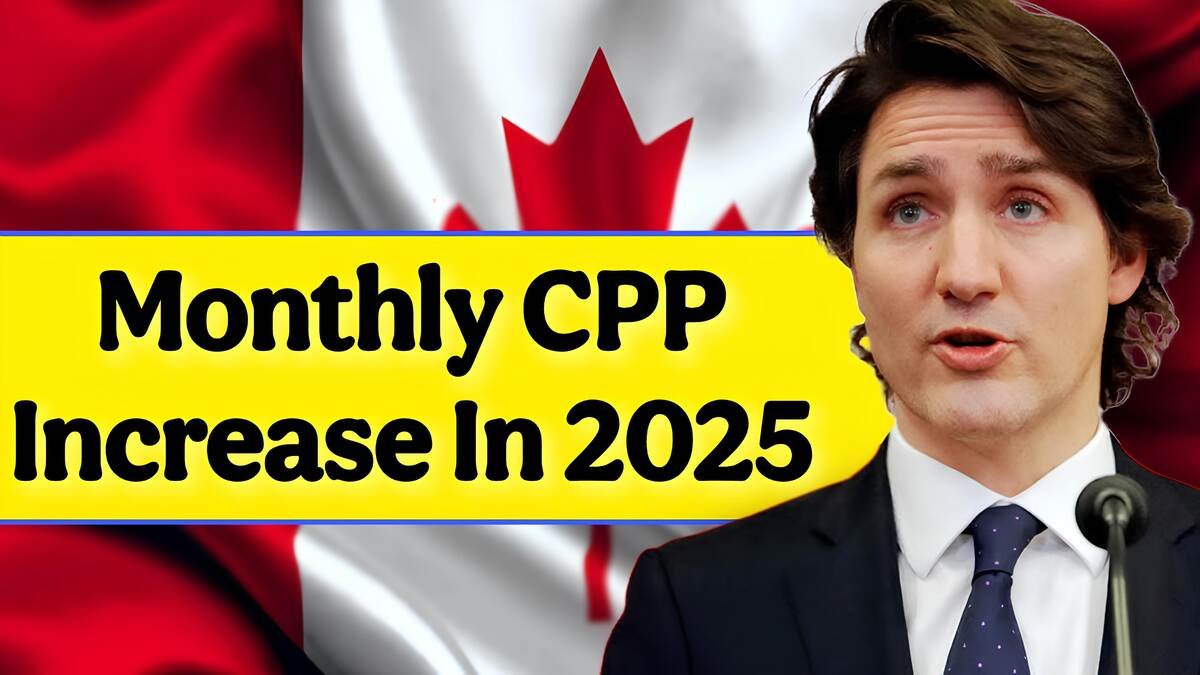CPP Enhancement 2025 : The Canada Pension Plan will experience a very important improvement, starting January 2025. These improvements are expected to bring about more payouts to Canadians in the case of retirement, disability, or death. Such major changes are in a multi-year process started in 2019 for the enhanced CPP to offer a better measure of financial security.
Contribution Basis
As of 2025, employees and employers will both contribute 5.95% on earnings up to the Year’s Maximum Pensionable Earnings (YMPE) which was pegged at $71,300 for 2025. Above the YMPE, up to the new higher limit of $81,200, an additional contribution of 4% applies. Contributions for self-employed persons include both employee and employer portions, for which 11.9% is payable on earnings up to the YMPE and 8% applies on the additional range.
Enhanced Benefit Amounts
The said enhancement to CPP gradually improves the income replacement rate from 25% to 33.33% of the average work earnings of a contributor. Therefore, those who contribute to the enhanced CPP over their working lives will expect to receive a larger pension upon retirement. For example, maximum benefits at the time of retirement under the maximum contributory scheme are expected to increase as a proportion of the accrued amounts from contributions and the Consumer Price Index adjustment.
Cost-Of-Living Adjustments
Annually, adjustments in CPP benefits are made as per the change in cost of living using CPI data. In 2025, the exact increase will depend on CPI data, but it is likely to reflect a very small increase to facilitate a higher purchasing power to recipients despite inflation.
New Eligibility Structure
No changes will be made to the basic eligibility criteria for CPP benefits. Every individual under the age of 18 but above the age of 18 have to contribute to CPP by making an earning of above $3,500 of annual income outside Quebec working in Canada. Individuals would thus be able to earn more at high-income levels by contributing more towards $81,200 of additional earnings and therefore realize higher benefits during retirement.
Effects On Employers And Self-Employed Persons
Colleagues would match employee contributions, while self-employed individuals would still pay two dues. Gradual increase in contribution rates is designed to reduce negative impacts on finances while saving costs for the future. Such adjustments may also find place in payroll systems and budget allocations by the employed self.
Planning For Retirement
As such, they may reflect on the impact that such enhancements have on their respective retirement plans. While supplementary benefits are intended to enhance financial security, individual consideration should still be given to possible self-efforts in savings and investments to ensure a future comfortable retirement.
Also Read : Canada PR In 2025: Updated Application Process And Eligibility Requirements
